Nancy Holt created Rock Rings as an interactive piece of art that aligned with the north star, Polaris. The archways face north and south, and the holes in the piece represent east, west, northeast, southeast, southwest, and northwest, corresponding with the coordinates of a compass. This piece is intended to play with the perception of the viewer. Nancy Holt described this as, “A viewer walking inside does not know if the inner and outer rings are the same height or not because of the curvature of the walls. There is a visual questioning, and then when one walks outside and tries to look through a set of holes seen from the inside, it can be difficult to find those same holes. It is very disorienting, even though the shape of the work is simple.” The simplicity of the piece has been compromised in recent years though. In 2008, the Academic Instructional Center building was completed, blocking the view of the north from the sculpture. Nancy’s work is based on the fact environmental art cannot be sold nor moved and access is not restricted by a museum, so it can forever interact with the land (Janet Saad-Cook).
Nancy was one of the first artists to use outdoor art as a platform for environmental presentations. Land art is where landscape and the piece of art are linked together. Holt once said, “I have a strong desire to make people conscious of the cyclical time of the universe.” In Land art, the pieces of work are not merely placed in the landscape, but rather the landscape is the reason of their creation (Michael Lailach). Land art was one of the most male-dominated movements of the late twentieth century, it was assumed that women, such as Nancy herself, were less capable. Creating artwork during this period was a huge turn for Nancy Holt, not only in the way she viewed herself, but how the public began to view her artwork as well (Estella Freedman). Because of this movement, Nancy was inspired and Rock Rings was created. The sculpture was not just placed onto the landscape, but instead was strategically placed to align with the North Star and nature itself.
The Stone Enclosure: Rock Rings sculpture is constructed south of the Environmental Studies building (Western Washington University). When Holt’s sculpture was first built in 1977 and 1978, the closest building was the Environmental Studies building, which was located hundreds of feet away from Rock Rings which makes sense because being out of range from all the buildings, there is less blockage of the sun and the stars, which was ultimately a huge factor in her creation. This allows the sculpture to frame our experience of nature.
Today, in 2017, the closest building just sits a few feet from Rock Rings. While being located near a building wasn’t ideal, it was much better than in a building.
“She didn’t play the gallery game. She seldom made art that could fit inside museums or galleries” (David Colker)
Holt’s dedication of Rock Rings to Western Washington University was a beautiful addition to the school. Holt’s works were celebrated throughout the community, her most famous work is Sun Tunnels (1976), which consists of four pipes that align with the sun during sunrise and sunset of the summer and winter solstice. Her work was greatly appreciated by the public, but most people stated that overall they appreciate the detail she incorporated in her sculptures, “Holt’s major themes were vision, memory, perception, time and space. Using the natural environment as both medium and subject, Holt endeavored to make her audience conscious of the cyclical time of the universe, the daily axial rotation of the Earth and its annual orbit around the sun. In doing so she transformed perception of the landscape” (Parafin). A large amount of Nancy’s Life was dedicated to her work. In 2013 Nancy Holt was presented with a Lifetime Achievement Award by the International Sculpture Center in New York (Parafin). At age 75, on February 8th, 2014 at Memorial Sloan Kettering Cancer Center in New York Nancy Holt passed away. The cause was leukemia.
“You have to put a lot of energy into staying viable in the art world. It’s important to stay in the public eye, yes. But I don’t want to spend every living moment putting energy into that” (Nancy Holt).
Bibliography
Colker, David. “Nancy Holt Dies at 75; Her Art Interacts with the Land and Sky.” Los Angeles Times. Los Angeles Times, 15 Feb. 2014. Web. 25 Apr. 2017.
Flaksman, Catarina. “Nancy Holt Biography, Art, and Analysis of Works.” The Art Story. The Art Story Modern Art Insight, n.d. Web. 25 Apr. 2017
Freedman, Estelle B. No Turning Back: The History of Feminism and the Future of Women. New York: Ballantine, 2003. Print.
“Nancy Holt Biography, Art, and Analysis of Works.” The Art Story, www.theartstory.org/artist-holt-nancy.htm. Accessed 25 Apr. 2017.
Saad-Cook, Janet, et al. “Touching the Sky: Artworks Using Natural Phenomena, Earth,Sky and Connections to Astronomy.” Leonardo, vol. 21, no. 2, Apr. 1988, pp. 123–134., Accessed 25 Apr. 2017.
“Western Washington University Academic Instructional Center.” Western Washington University Academic Instructional Center, Rexnord, cambridgearchitectural.com/projects/western-washington-university-academic-instructional-center. Accessed 25 Apr. 2017.
“Nancy Holt.” Parafin | Artists | Nancy Holt. Parafin, 2016. Web. 09 May 2017.
Credits:
Bradley Hoefel – Photography, Research, Editing, posting
Rebecca Hummer – Research, Writing, Editing
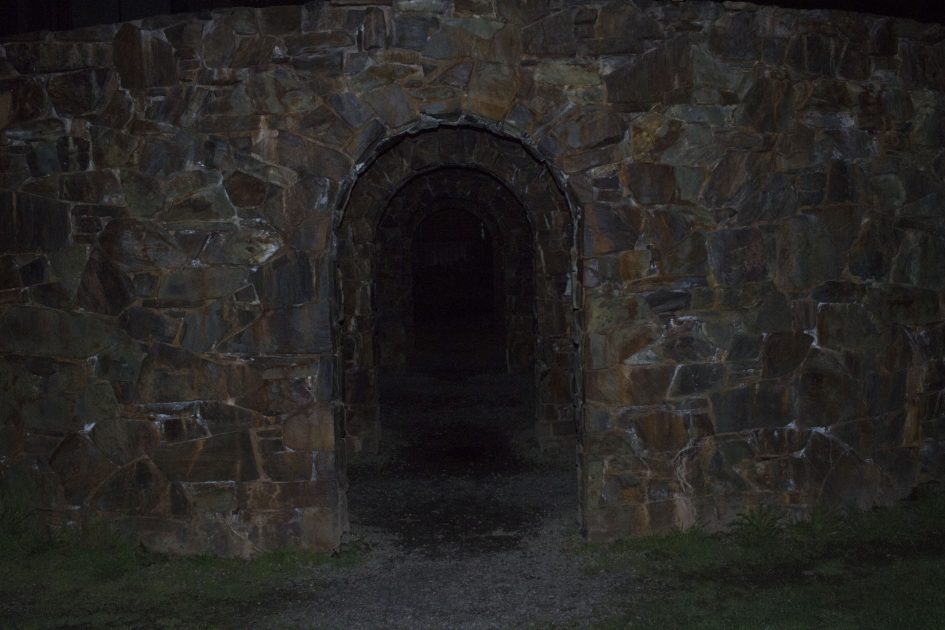
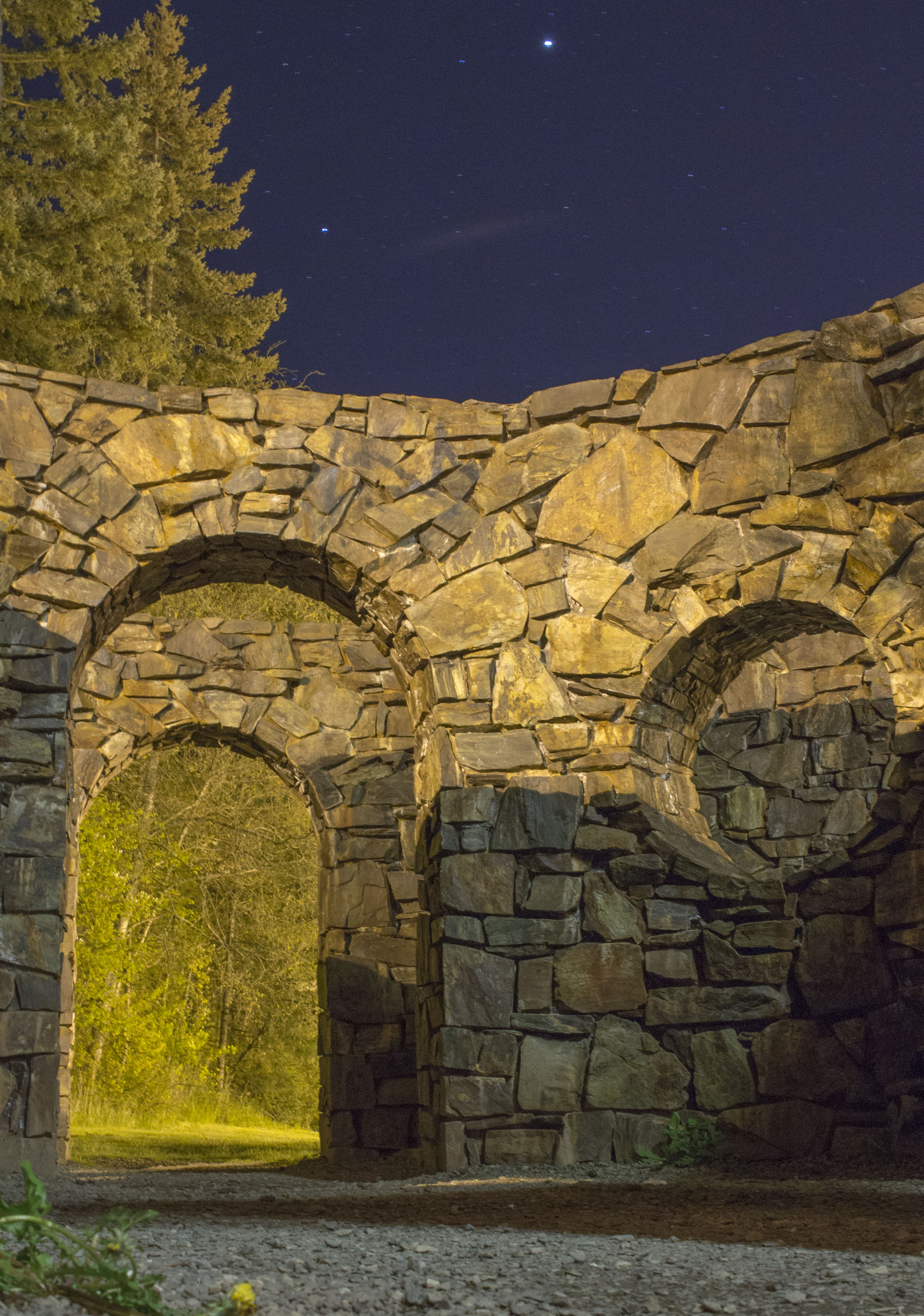
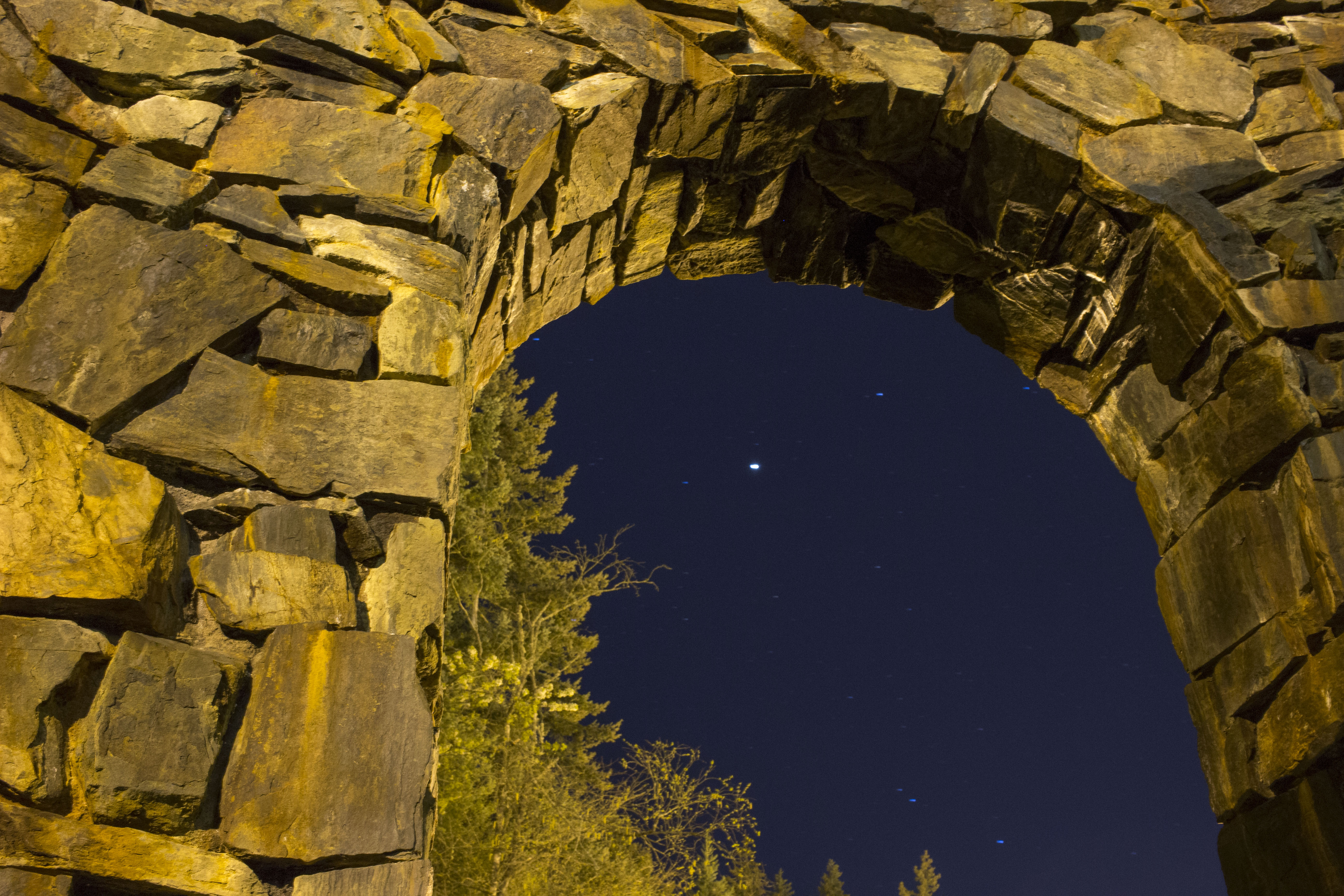
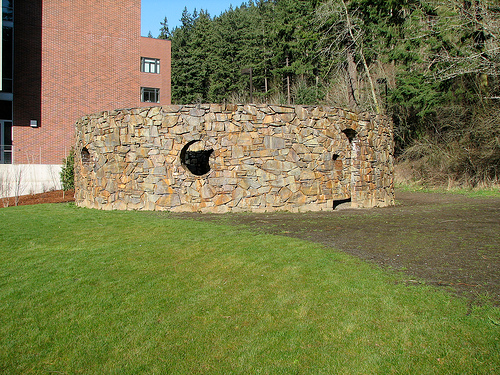
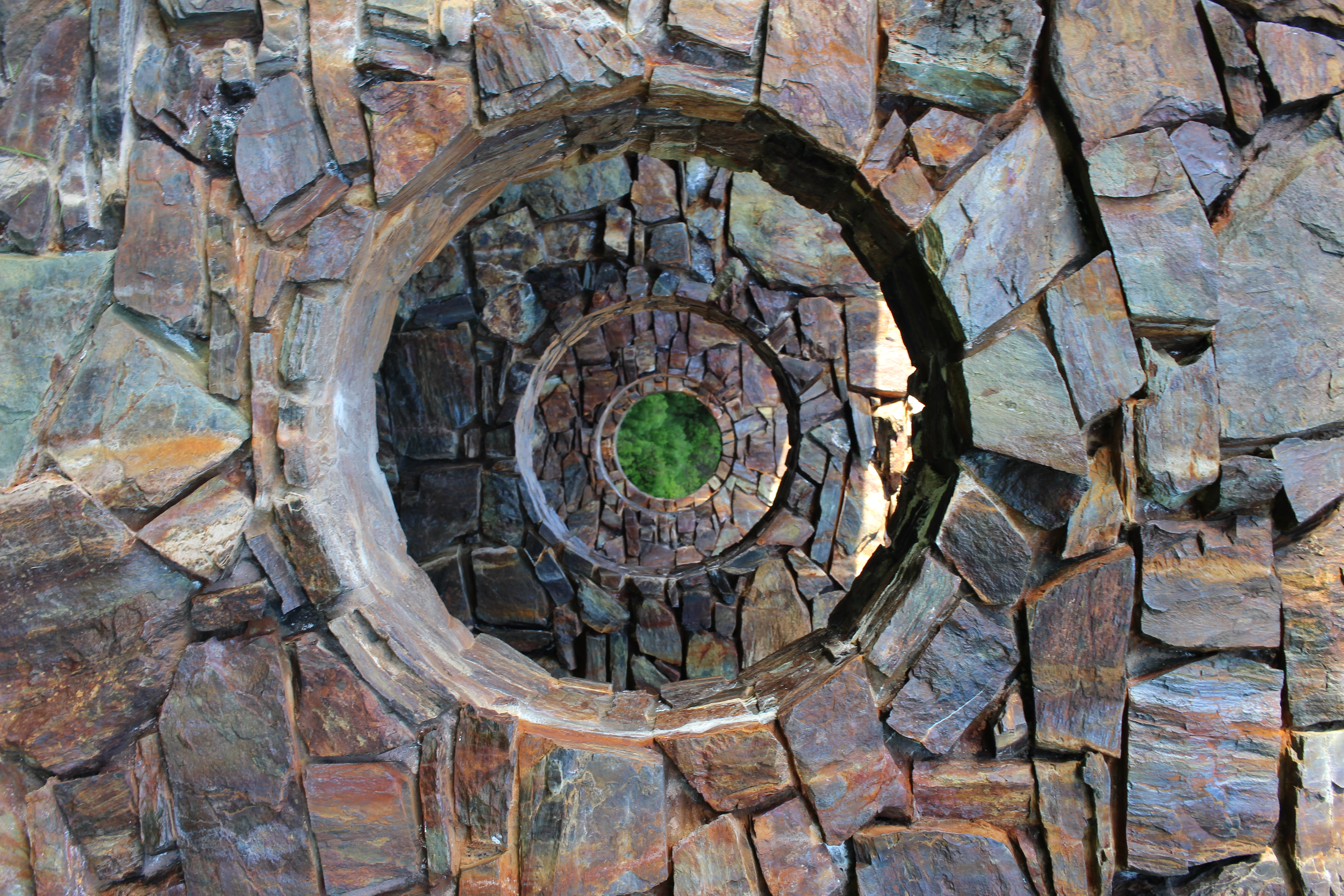
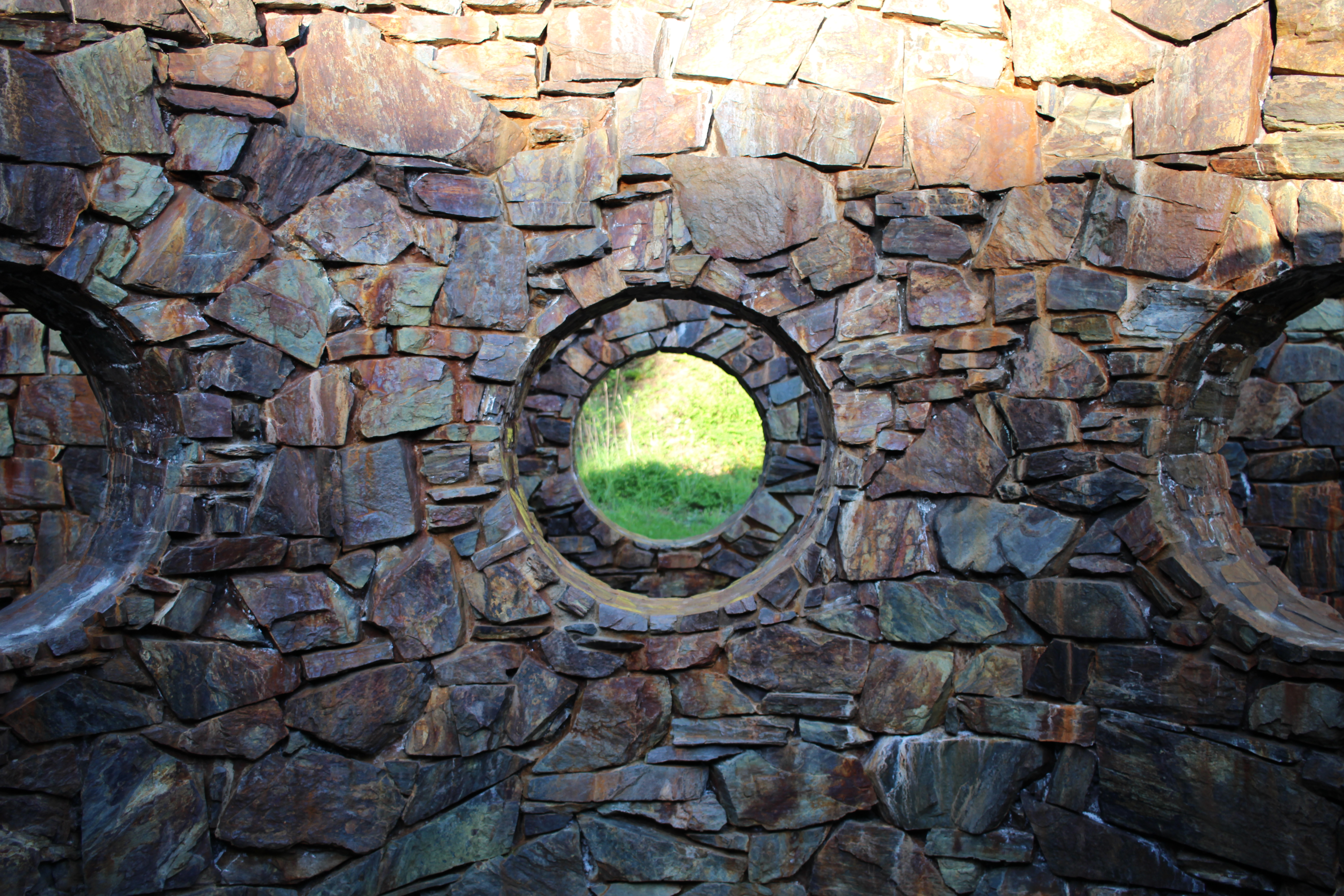
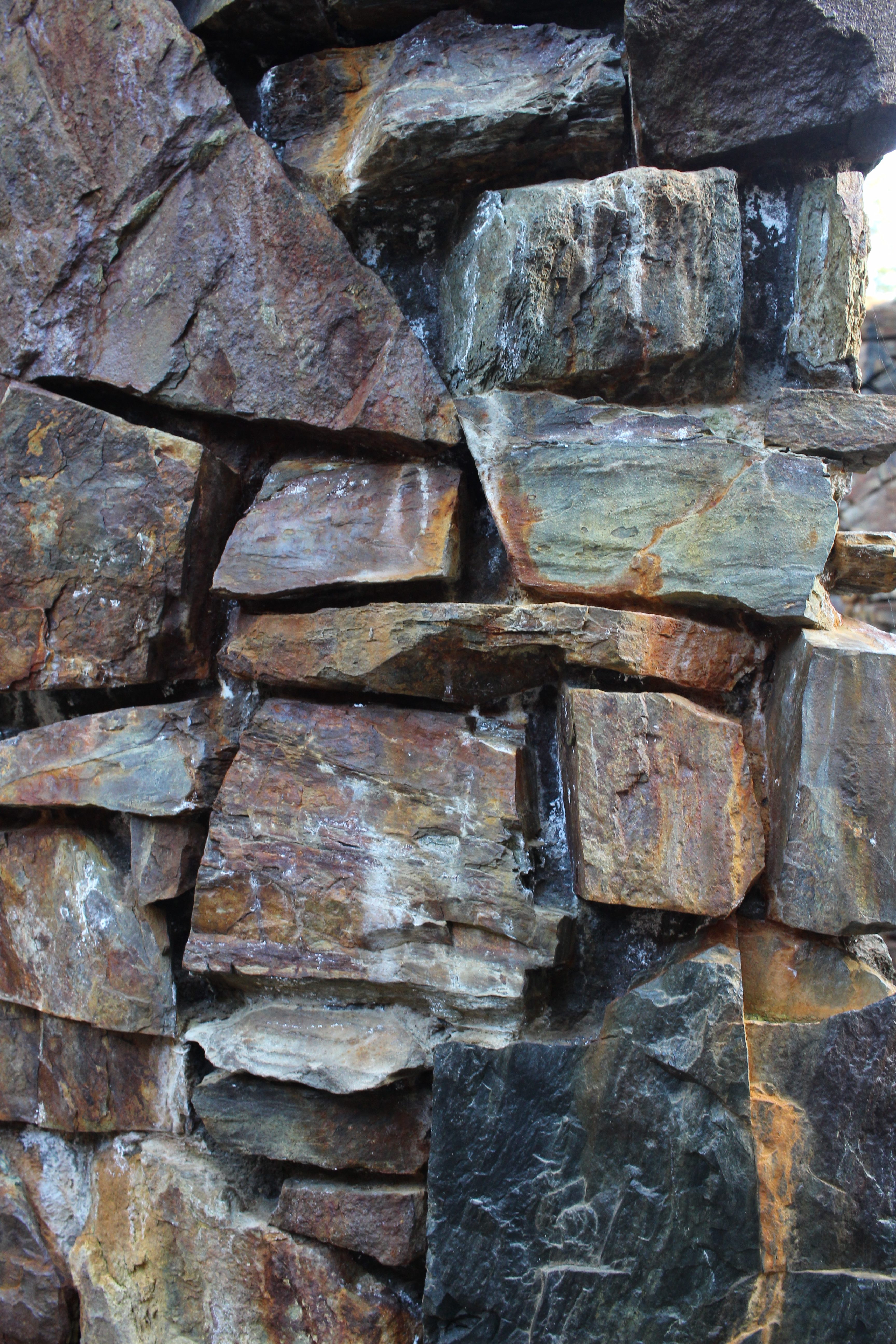
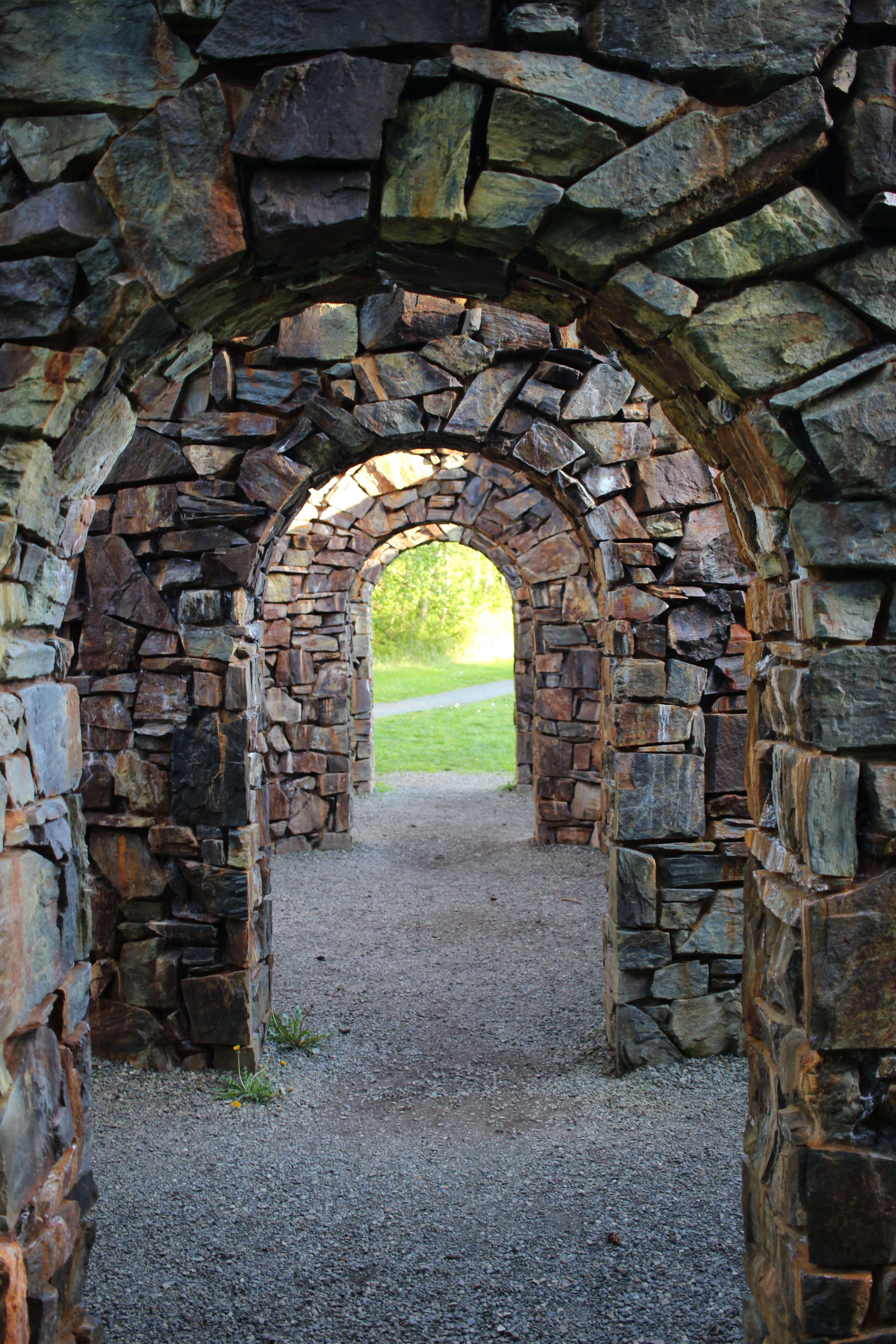
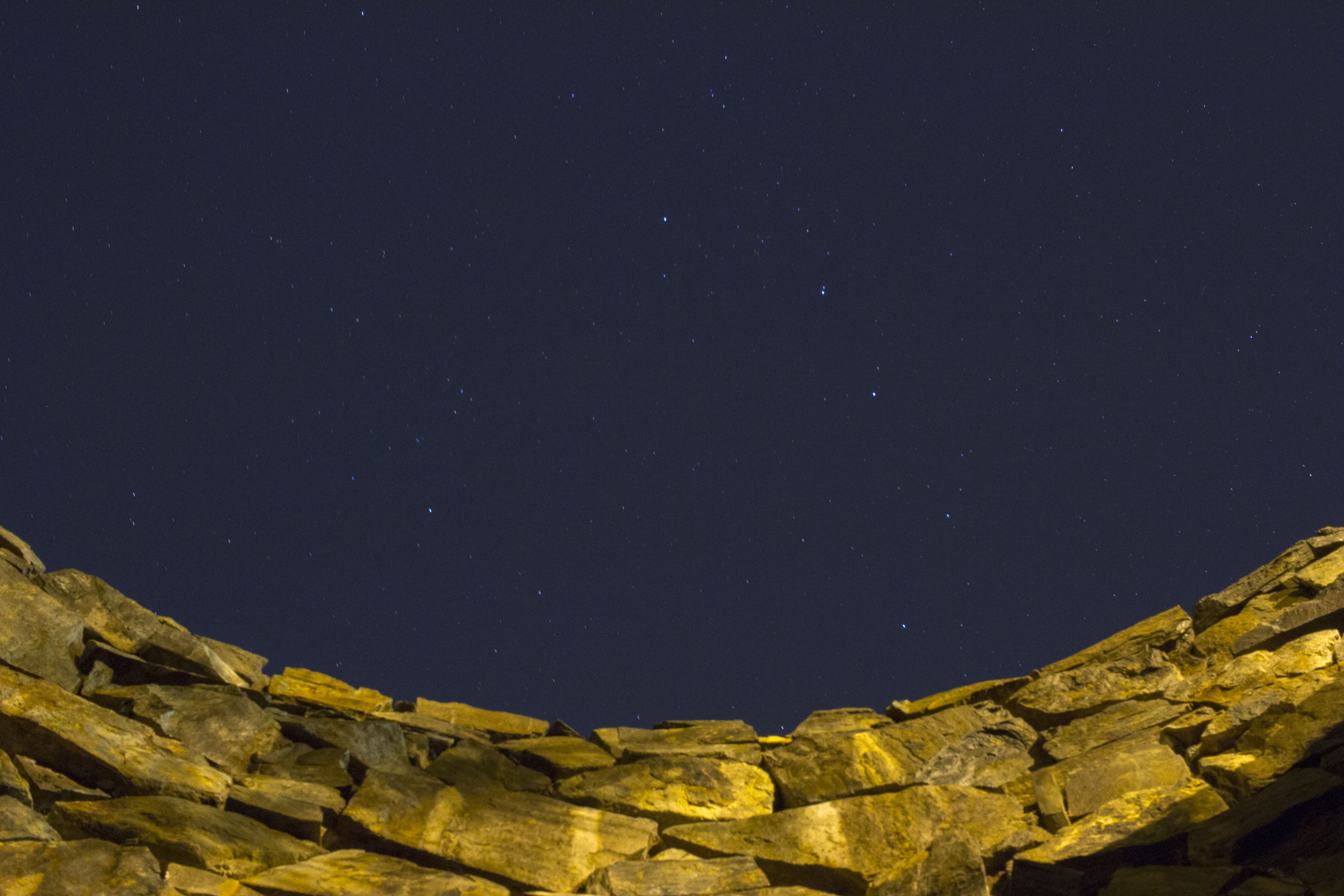
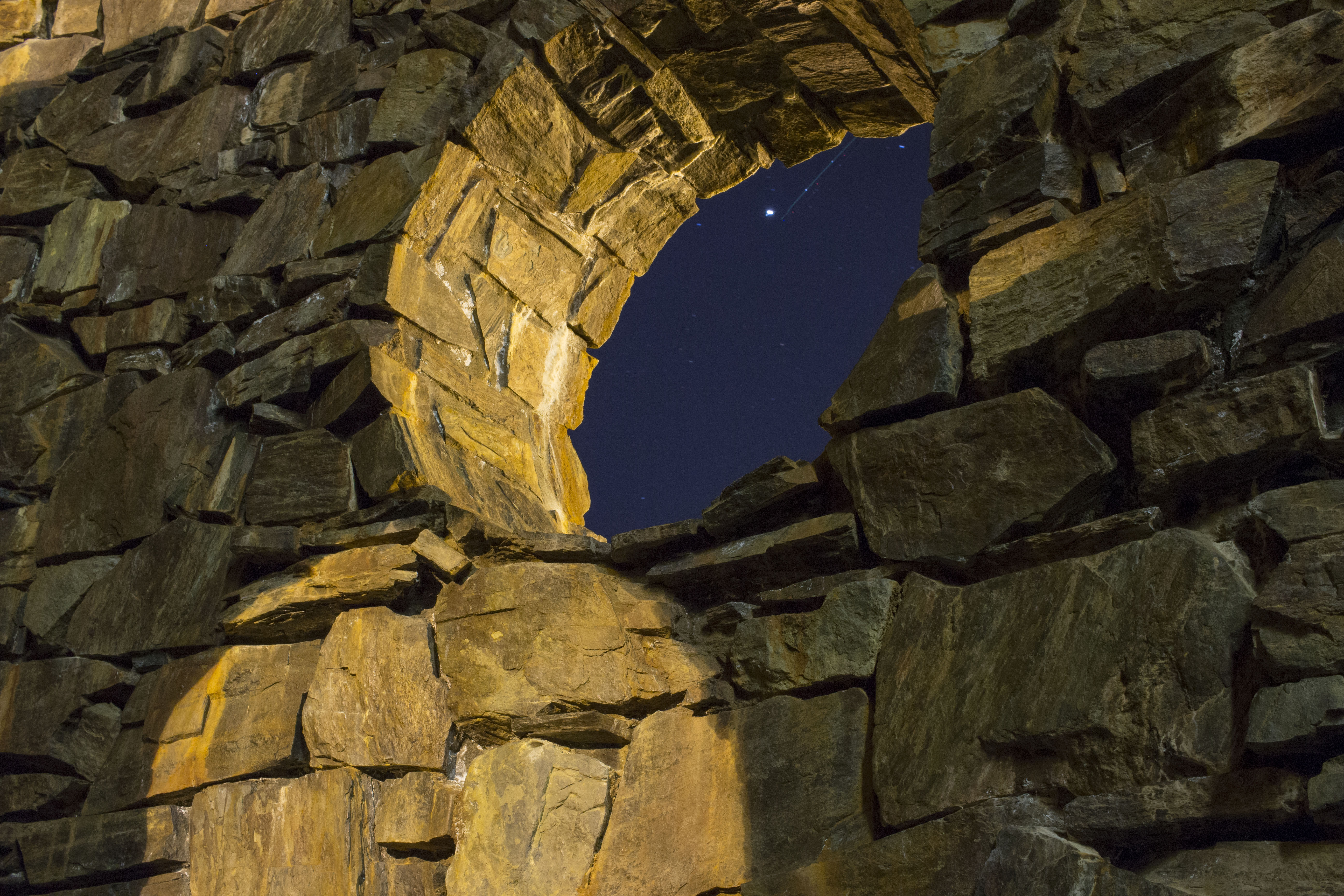
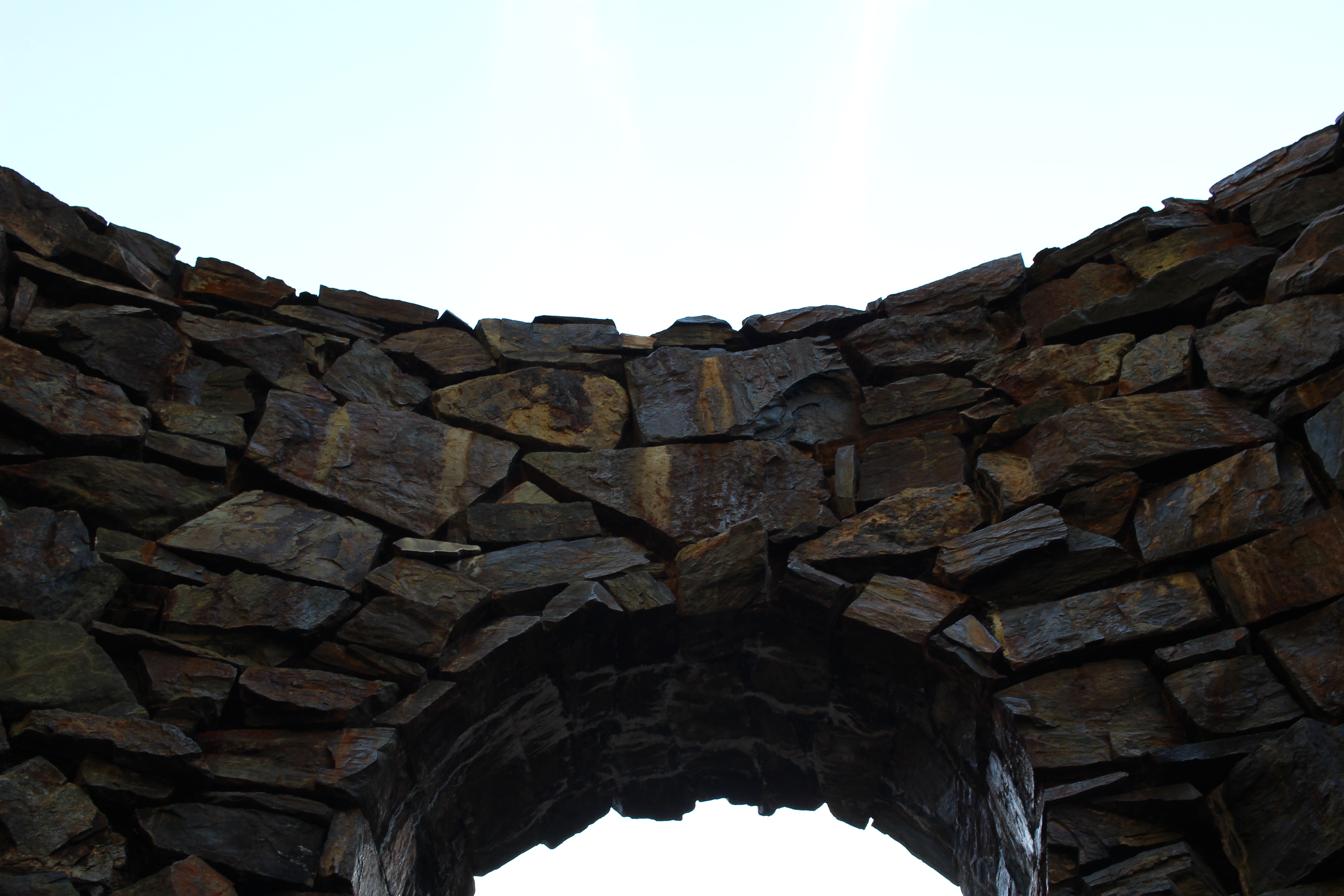
Leave a Reply